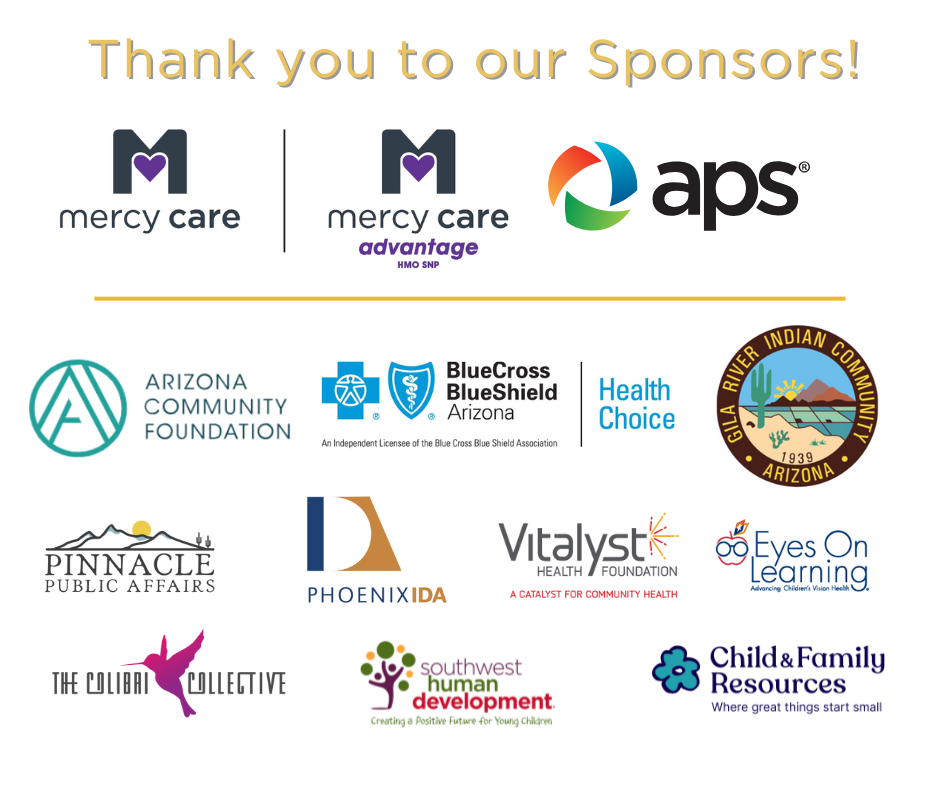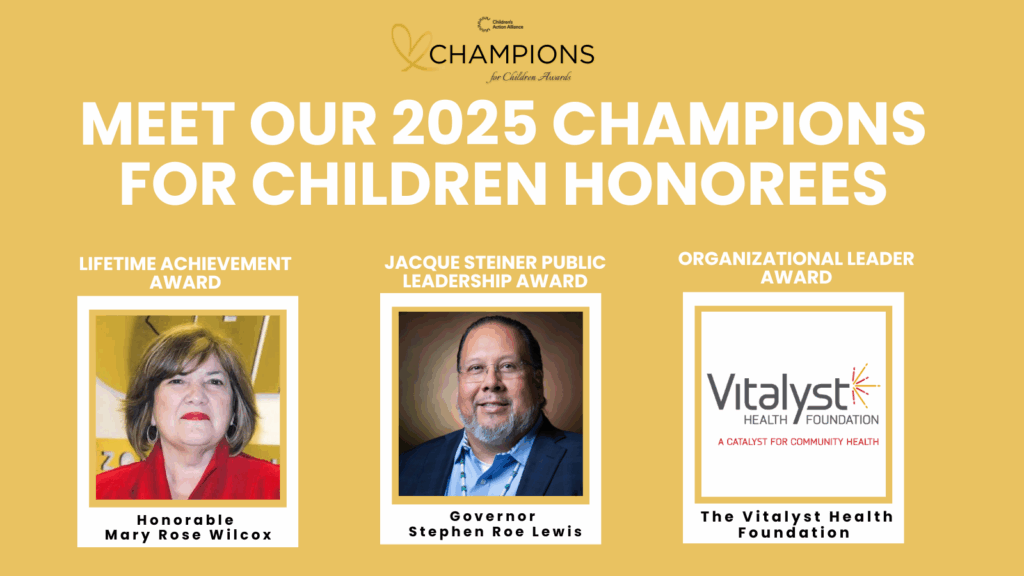Arizona's Children Deserve Safety, Not Fear
All children deserve to grow up without fear but today, children in immigrant families are being denied this.
On Wednesday, December 17, 2025, leaders of Arizona organizations who serve and focus on children and youth joined a press call to share firsthand accounts of how the federal government’s mass deportation agenda is harming children and immigrant families across the state. Speakers detailed how current policies are tearing families apart, creating a chilling effect in communities, and undermining public safety.
“There’s a sense of brutality to the immigration enforcement taking place right now that has no place in our country, and that we want to keep very, very far away from children, said January Contreras, Executive Director, Children’s Action Alliance “We used to have immigration enforcement that honored sensitive zones – they didn’t go to K-12 schools, healthcare facilities, churches, or social service providers. Now, these spaces are all fair game, and parents and children live in fear of what will happen to them. Keep in mind, 93% of children in Arizona were born in the United States, so these are often mixed-status families. All children deserve safety – the current mode of immigration enforcement denies that to many young children in our state.”
Gladis Molina, Executive Director of the Young Center for Immigrant Children's Rights, shared: "Witnessing the federal government's response in immigrant communities – the National Guard deployment, the war machinery, the agents in masks – triggers memories of what I witnessed as a child during the Civil War in El Salvador. Across Arizona's vulnerable immigrant communities, kids are experiencing this trauma firsthand. They'll carry these memories for a lifetime,”
Carolina Silva, Executive Director of Scholarships A-Z, explained the fear in schools: “Immediately after the election, we saw students stop showing up to school altogether due to fear of deportation. One of these students, “Leilani,” is a star pupil in Tucson – but the silence after the election told her she wasn’t safe. She did not return to school until her district leadership sent a message confirming their commitment to all students, regardless of immigration status."
This is not normal. And it's harming Arizona's children.
Learn more about what's happening:




